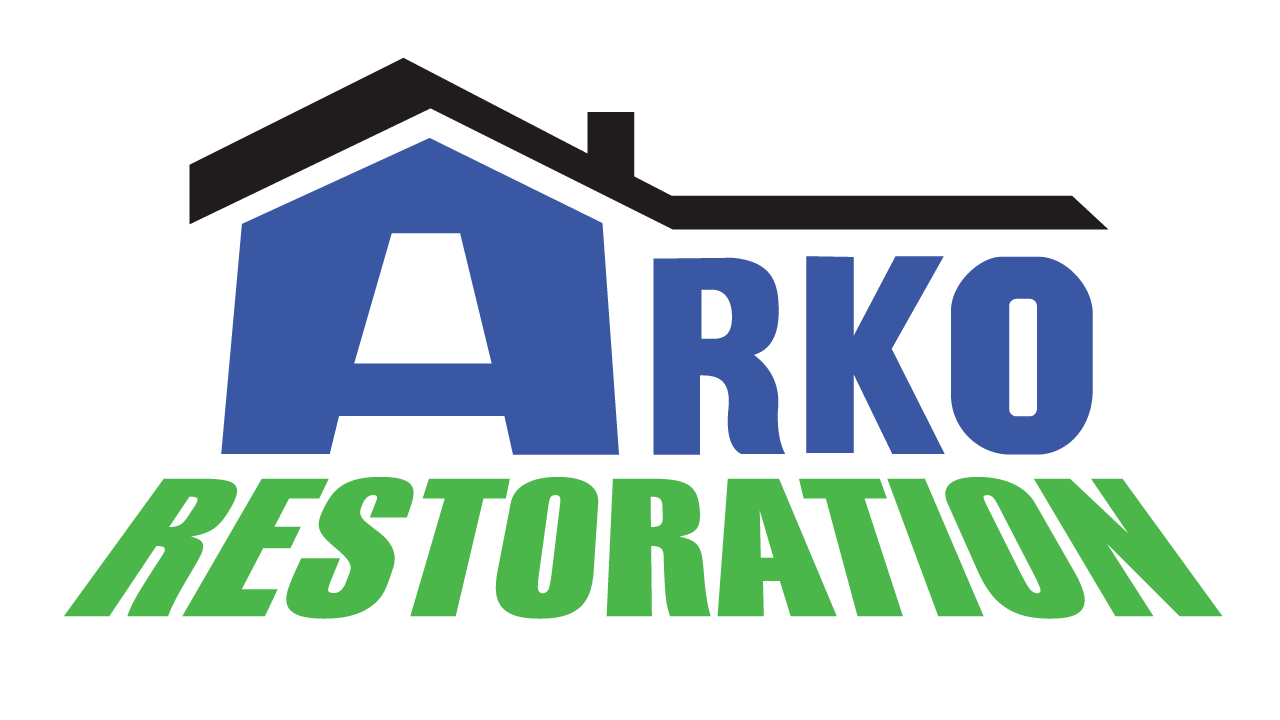One of the most destructive factors that can affect a home is fire. Fire not only damages structures but also produces soot and smoke damage– and that can be hard to remove! Nevertheless, you should be able to survive the aftermath. By following the tips for a successful fire damage restoration, everything should work out fine.
Tips For Successful Fire Damage Restoration
The first step after a fire is to ensure safety. Afterwards, you must distance yourself from the area if the damage is severe. The best thing to do is to allow a professional to come and assess the level of damage before a restoration process follows.
Here are tips to help for a successful fire damage restoration…
#1 Ventilate
It is important to maximize ventilation after regaining access to your house. You can do this by opening all windows, doors, skylights and other openings that are present. As a result, you will have efficient airflow throughout your home, as well as improved air quality and the removal of smoke and dangerous debris.
To reduce the effects of the fire’s lingering smoke and to create a healthier environment inside your home, proper ventilation is important. You can help in the overall restoration process by encouraging air circulation, which makes it easier for odors and dangerous substances to go out of the house.
#2 Protect Unaffected Areas
After ventilating your house, it is crucial to cover any items that are still in good condition to protect them. This precautionary measure helps stop debris and other particles from causing additional damage while the cleanup is being done. To ensure the safety of your belongings, think about moving them out of the direct path of the fire. By taking these steps, you can protect your possessions and reduce the possibility of secondary damage while concentrating on putting the fire incident behind you and rebuilding your life.
#3 Contact Fire Damage And Restoration Experts

Once you have gotten in touch with experts in fire damage restoration, they can evaluate the damage’s scope and advise you on what needs to be done to safely restore your home. Their knowledge and specialized tools allow them to manage the cleanup procedure efficiently, reducing the risks related to fire damage.
Do not tamper with the affected area without expert help to prevent the spread of potentially dangerous particles. Direct contact with these dangerous substances should be avoided. You can make sure that the cleanup procedure is carried out safely and successfully by enlisting the help of professionals.
#4 Avoid Electrical Outlets
In the immediate aftermath of a fire, it is important to avoid connecting or unplugging any electrical equipment. This precaution is essential because the incident could compromise your electrical wiring. You run a serious risk of serious injury or even death if you attempt to handle these electrical components without the necessary knowledge and training.
Fire has the potential to seriously harm your building’s electrical system. Wiring systems may deteriorate and become weaker as a result of heat, flames, smoke and soot emissions. Common problems that can develop after a fire include exposed or damaged wires, melted insulation or tripped circuit breakers.
It is essential to let trained professionals evaluate and repair your electrical system if you suspect any damage after a fire. They can accurately assess the situation and respond appropriately because they have the knowledge, experience and safety equipment needed.
#5 Throw Out Contaminated Food
Remove all consumable items from your house to ensure the utmost safety. Due to the possibility of contamination from exposure to heat, smoke or fire, food items must be handled with caution.
It can be difficult to sort through your belongings after a fire, but it is important to be cautious and put your safety first. If you decide to evaluate and handle the consumables, it is crucial to carefully examine them for any indications of damage, including charring, discoloration or contact with soot and debris.
A crucial safety measure after a fire is to remove anything consumable from your home. To prevent potential health risks, it is crucial to throw away any food that has been harmed by the fire. You can ensure your safety and the safety of others by exercising caution and taking the necessary steps to reduce exposure to soot, debris and particles.
#6 Document The Damage

An important step in the fire damage restoration process is taking in-depth photos or videos of the affected areas and damaged items. This documentation has several uses, including speeding up the insurance claim procedure and letting you monitor the restoration project’s advancement.
Having visual proof of the fire damage can greatly help your case when filing an insurance claim. Before processing claims, insurance companies typically demand documentation of the extent of the damage. You can provide concrete evidence to support your claim by capturing images or videos of the affected areas and damaged goods.
Maintaining well-organized and accessible documentation is important. Create a special folder or digital album to house all the images of the fire damage. This will make it simple for you to quickly retrieve the photos or videos as needed, whether it is for an insurance claim, a conversation with a restoration specialist or just for your records.
#7 Work With Your Insurance Provider
Keeping your insurance company informed of the fire damage as soon as possible and providing it with all of the documentation that is required is important. This will facilitate a smooth and efficient claim process.
Furthermore, this step ensures that your insurance provider is aware of the situation and can begin the necessary procedures to make sure that your claim can be assessed and processed on time.
Summary:
A combination of quick action, expert assistance and attention to safety is required to successfully navigate the aftermath of a fire and restore your property. Remember that the key to a successful fire damage restoration process is prioritizing safety and getting professional assistance.

